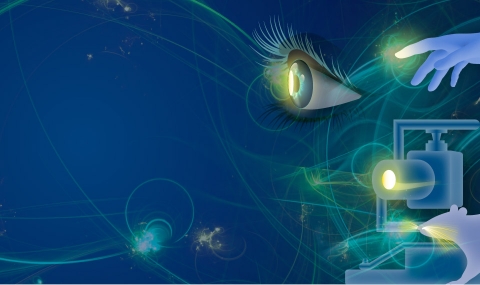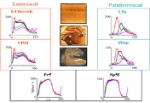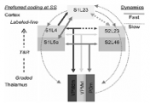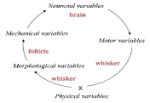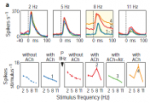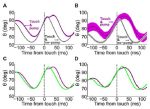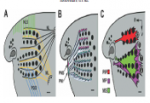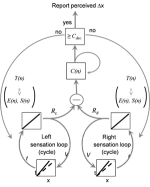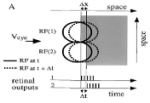- Encoding of Active Touch
- Encoding of Location
- Behavior
- On-going computation of whisking phase by mechanoreceptors
- Parallel processing - passive touch
- Parallel processing - active touch
- Thalamocortical code conversion
- Thalamocortical coding
In the vibrissal system, touch information is conveyed by a receptor-less whisker hair to follicle mechanoreceptors, which then provide input to the brain. We examined whether any processing, i.e., meaningful transformation, occurs in the whisker itself.
State-dependent learning is a phenomenon in which the retrieval of newly acquired information is possible only if the subject is in the same sensory context and physiological state as during the encoding phase. In spite of extensive behavioural and pharmacological characterization, no cellular counterpart of this phenomenon has been reported.
- Closed-loop computation
- Fast feedback in active vibrissal touch
- Motor-sensory adapation while perceiving object location
- Modeling exploration via curiosity and novelty management
The musculature of the rat mystacial pad was revealed by slicing the mystacial pad in four different planes, staining of mystacial pad slices for cytochrome oxidase, and tracking spatial organization of mystacial pad muscles in consecutive slices.
- Motor-sensory convergence in tactile perception
- Active temporal coding
- Functions of saccades and drifts
- Local drift speed


